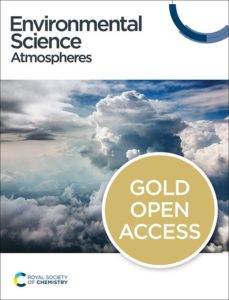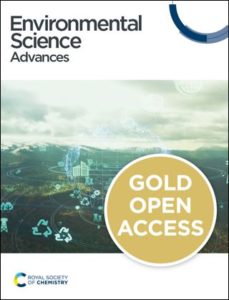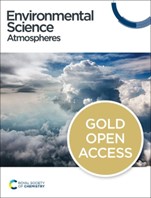Environmental Science: Atmospheres is excited to announce the launch of our latest themed collection, The influence of combustion emissions on air quality and atmospheric processes, which is now open for submissions.
Guest edited by Professor Jianmin Chen (Fudan University) and Professor Olli Sippula (University of Eastern Finland), topics for this themed collection could include but are not limited to:
- Impact of combustion emissions on air quality: Examining how air pollutants emitted by combustion processes, including particulate matter (PM), nitrogen oxides (NOx), and volatile organic compounds (VOCs), influence air quality and chemical and physical characteristics of atmospheric particulate matter.
- Atmospheric transformation of combustion emissions: Analysing the chemical reactions and physical transformation processes that occur in the atmosphere as combustion by-products interact with sunlight, atmospheric oxidants, and other atmospheric constituents. Formation of secondary pollutants, such as secondary aerosols, ground-level ozone and acid rain.
- Contribution of combustion to atmospheric climate forcers: Exploring the role of combustion processes in emitting greenhouse gases and aerosols that act as climate forcers and influence global warming and climate change.
- Combustion’s role in stratospheric chemistry: Investigating the impact of combustion emissions on the stratosphere, particularly in relation to ozone depletion, the formation of ozone-depleting compounds, and their long-term effects on the ozone layer and ultraviolet radiation levels.
- Contribution of combustion processes to atmospheric pollutants that are known to be specifically detrimental to health and environment, such as polycyclic aromatic hydrocarbons, heavy metals, various persistent organic pollutants and compounds inducing oxidative potential of particulate matter. Toxicological properties of combustion emissions.
- Sources of combustion emissions could include vehicles, industry, wildfires, agricultural/biomass burning, residential and commercial heating, aviation, shipping, oil and gas extraction.
The submission deadline for this collection is Wednesday 31st December 2025.
If you are interested in contributing to this collection, please contact the editorial office at esatmospheres-rsc@rsc.org and we will set up a bespoke submission link for you to use to prepare your submission. Alternatively, you can quote ‘EACombus25‘ in the ‘Comments to the Editor’ section when submitting your manuscript.








